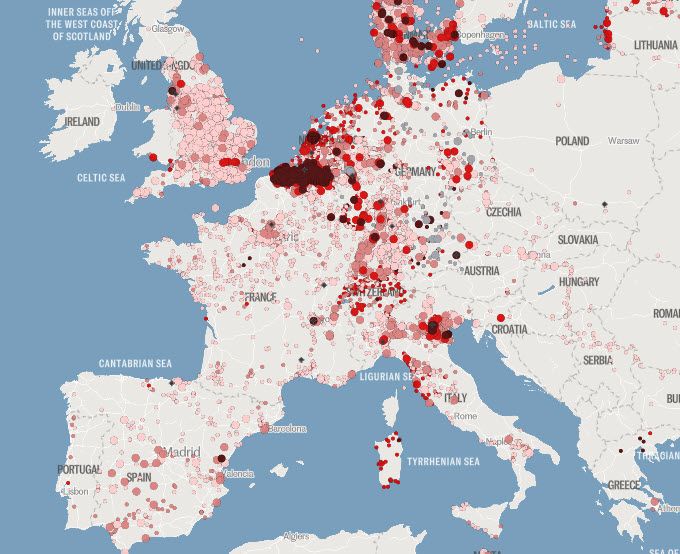PFAS: time to act on the invisible danger

Fluorochemicals, or PFAS for short, are thousands of substances produced by humans. They are invisible, virtually indestructible and pose a significant risk to the environment and to human health. In Switzerland, too, we ingest PFAS every day through water, food and air. Stricter rules have been brought in to curb their spread in the future – which is likely to lead to significant upheaval in the chemical industry. The SVVK is therefore calling on companies to ensure greater transparency and to replace PFAS with more sustainable substances.
They are invisible and almost ubiquitous: per- and polyfluoroalkyl substances, or PFAS for short. This abbreviation stands for a group of over 10,000 synthetic chemicals that repel water, grease and dirt and are resistant to heat. When they were invented in the 1940s, they were often hailed as a ‘miracle of modern science’, and their potential applications seemed limitless – they were even used in the construction of the atomic bomb. Thanks to their useful properties, PFAS have been used in many everyday products – such as raincoats, take-away dishes, baking paper, sunscreen, dental floss, fire-fighting foam and ski wax – especially since the 1970s. The best-known PFAS product is the Teflon pan.
A problem right on our doorstep
However much ease they bring to our daily lives, though, PFAS pose a major risk to our environment and our health. Whistleblower accounts show that, even in the 1950s, the industry knew that these chemicals were spreading everywhere. As a densely populated and highly industrialised country, Switzerland is also heavily polluted with PFAS. PFAS do not degrade naturally and remain in the environment, which has earned them the name ‘forever chemicals’. Large quantities are released into the air, water and soil – and thus inevitably into our food chain – in their manufacture and processing in industry, as well as during their use and disposal. Humans ingest PFAS both through food and drinking water and through the skin and respiratory tract. They keep accumulating in the body and are associated with metabolic disorders, elevated cholesterol levels, immune system disorders and cancer, among other issues.
Growing awareness leads to stricter regulation
For a long time, it was believed that the problem lay elsewhere. Recently, however, media reports have increasingly brought this situation to the attention of people in Switzerland too. In 2024, for instance, sales of meat from cattle from farms in the canton of St. Gallen were suspended because the pastures were contaminated with PFAS. In the canton of Zug, a children’s playground was closed due to excessive PFAS exposure. And recent random samples taken from trout and pike by chemists in the cantons of western Switzerland have already led to fears of a ban on sales due to excessive PFAS levels.
Switzerland lags behind the EU in terms of regulation and limits for PFAS, with tolerances sometimes as much as 200 percent higher. Now, however, action is being taken here, as well: at the beginning of 2024, Switzerland introduced limits for individual PFAS in foods of animal origin such as meat, fish and eggs. Stricter rules for other foods are also being examined in consultation with the EU. From 2026, the limits for drinking water in Switzerland are also likely to become stricter.
Industry needs to respond
Researchers around the world are working to gain more knowledge about PFAS and to develop methods to combat these harmful chemicals. New scientific evidence and a swing in public opinion could lead to more far-reaching regulation – faster than expected. This would have a significant impact on businesses.
The SVVK is also playing its part and, together with its partner Robeco, is seeking dialogue with manufacturers of PFAS, including 3M Co, Akzo Nobel NV and Honeywell International Inc. The association is demanding transparency regarding their widespread use of PFAS and the replacement of these chemicals with more sustainable substances. Market opportunities will open up for companies that are already working on innovative solutions today – and for the broader population, moving away from PFAS may just mean getting off lightly again.
Publication: April 2025
Sources: Federal Food Safety and Veterinary Office FSVO, ChemSec, Robeco, SRF Schweizer Radio und Fernsehen, SWI swissinfo.ch, Yale Scientific. Image: PFAS contamination detected in Europe (The Forever Pollution Project).